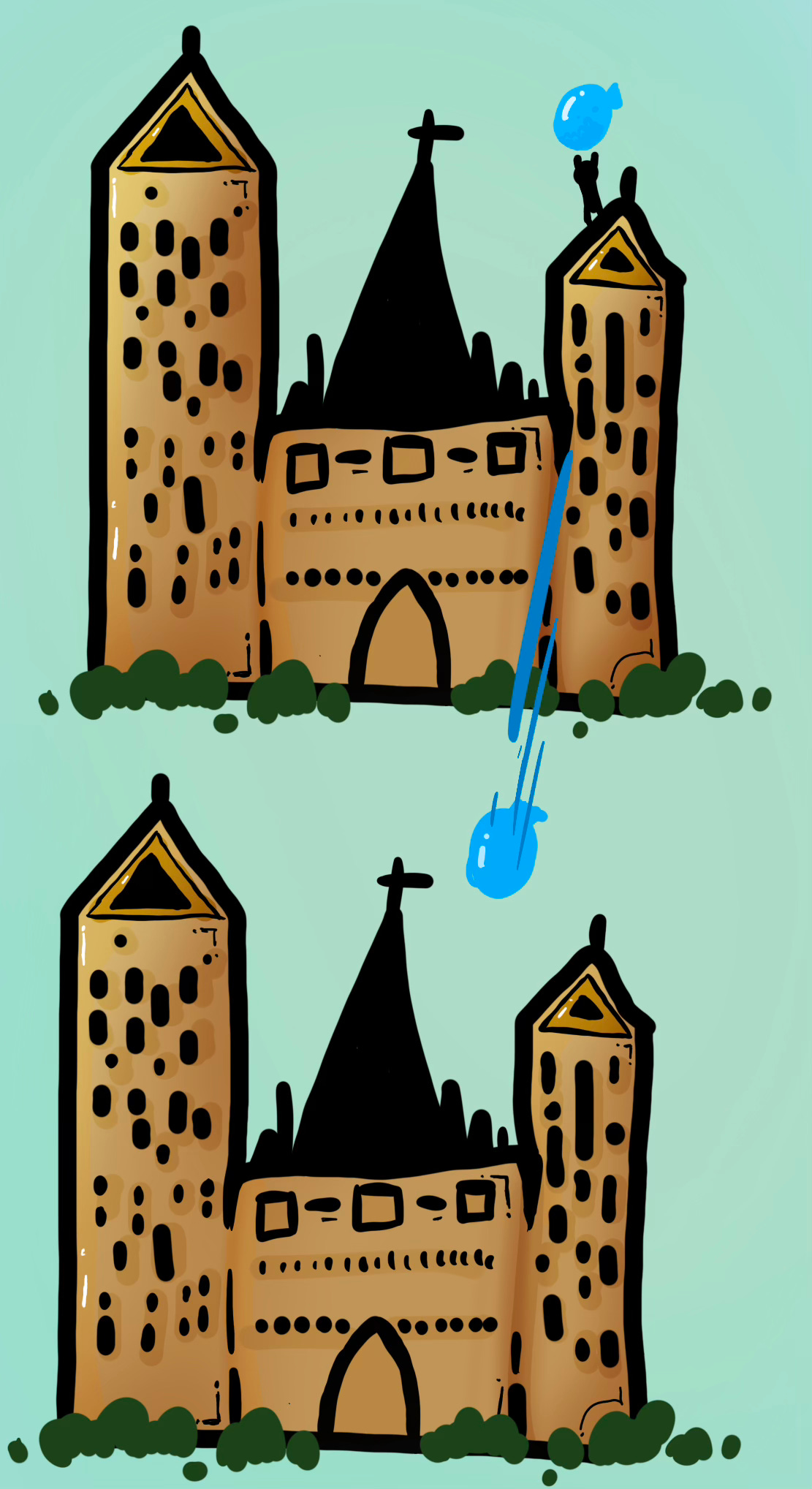Intolerance and polarization are on the up, or so the headlines say. If true, it’s happened before, and been far worse. Thomas Jefferson wrote,
it does me no injury for my neighbor to say there are twenty gods, or no god. It neither picks my pocket nor breaks my leg,
but, then and earlier, that was a minority view.
Take early modern France. Calling it a Catholic country is calling Alaska a bit chilly. If today young Americans learn of a “wall of separation between church and state” (Jefferson), in ancien régime France church and state were fused, and fused in “the person of the monarch”: French kings swore to uphold and defend the Catholic faith, and combating heresy was an official duty.1 But—the Reformation was on. By 1572 the Huguenots (French Protestants) had become a state within a state. Their own religious institutions and religious practices, and a different social order built around them—yes, they had these, but they had more. They controlled cities. They fielded armies. And then: an attempt was made, in Paris, on the life of a Huguenot leader. The king, fearing Huguenot revenge, ordered the preemptive murder, under cover of darkness, of several Huguenot elites. The St Bartholomew’s massacres had begun. For three days the killing of Protestants in Paris continued—not now on the king’s orders, or (for the most part) by the kings men, but by civilian Catholics, who believed they were carrying out God’s will. The massacres spread to other cities; in the end, 5,000 Huguenots died.
Keep reading with a 7-day free trial
Subscribe to Mostly Aesthetics to keep reading this post and get 7 days of free access to the full post archives.




